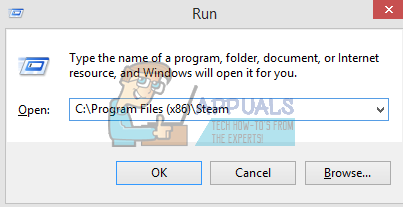
Even if you could copy the program’s files over, these settings would have to be copied or you’d lose your programs’ settings and data.

Whatever they don’t store in the registry is likely stored in each user’s Application Data folder.
User Data Folders: Most modern programs don’t save their settings to their program folder. They may refuse to run when you copy their files to a new computer. Hardware Locking: A few programs may use DRM that ties the program to a specific computer’s hardware. Some programs may not even run without these services available. Installing Adobe Flash with the installer would ensure that the updater service is present. While you could copy the Adobe Flash plugin files to a new system, you wouldn’t have the update service and you’d have to manually update Adobe Flash. For example, Adobe Flash Player installs an Adobe Flash Player Update service. System Services: Many programs install Windows services that they require. Windows System Files: Some programs dump DLL files and other files into the Windows system directory and won’t run if these files aren’t present. Apple Application support installs to its own folder and has its own registry settings, like any other program. If Apple Application Support isn’t present on your computer, iTunes won’t run. For example, iTunes installs the Apple Application Support application, among others. Other Program Folders: Certain programs also install other software that they require. If any of these registry keys aren’t present, the program may display errors when you try to run it. These settings may be scattered all over the Windows registry - for example, there may be several registry keys for program settings, other registry keys for context menu options, and keys that make the program the default program for certain files. 
 Registry Settings: Many programs save settings in the Windows registry. Programs actually scatter their data all over the place: In a simpler world, you could copy the iTunes folder to a new computer and run iTunes from the folder without any additional work. For example, Apple’s iTunes software installs to C:Program Files (x86)>iTunes by default. When you install a program on Windows, it appears to only install to a specific folder, generally under Program Files.
Registry Settings: Many programs save settings in the Windows registry. Programs actually scatter their data all over the place: In a simpler world, you could copy the iTunes folder to a new computer and run iTunes from the folder without any additional work. For example, Apple’s iTunes software installs to C:Program Files (x86)>iTunes by default. When you install a program on Windows, it appears to only install to a specific folder, generally under Program Files.










